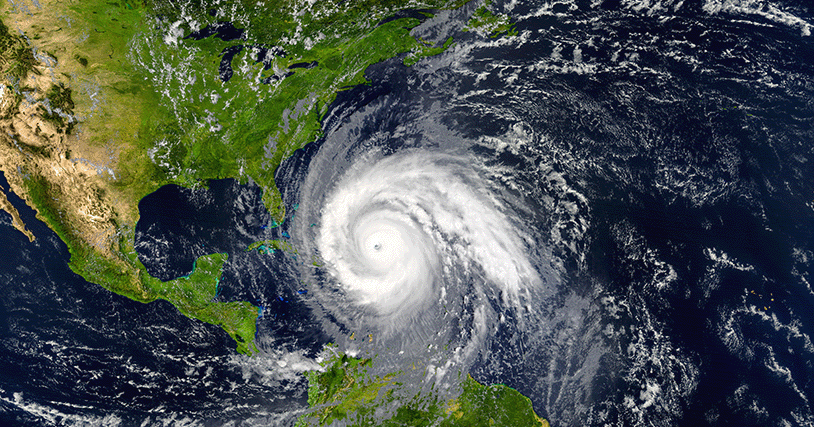
For the seventh year in a row, experts predict an “above average” Atlantic hurricane season in 2022. Don’t be fooled by the name hurricane ‘season’ – it technically lasts for a full six months, from June 1-Novmber 30. You don’t want to be devising a solution in the middle of a storm, and with three named storms already this year, now is the time to prepare your business or government agency.
Your network is the backbone of your business, and without connectivity, your operations are likely hindered or worse, brought to a standstill. Here are four tips to help you maintain connectivity – and therefore business continuity -- during and after a hurricane or natural disaster.
- Back Up. Your primary network could go down for a variety of reasons, weather or otherwise, so relying on a single form of connectivity is not ideal. If you're not already employing a path-diverse network backup solution – such as satellite – to supplement your terrestrial network, it’s time to consider one to ensure that mission critical applications stay up and running during a disaster scenario.
- Save & Store. Save and back-up data frequently, and store data in the Cloud or a separate facility away from the potential hurricane impact area where floods may damage local hardware. Cloud-based storage ensures that even if there is physical damage to your location during a storm, your data will still be available from anywhere.
- Train. You might already have a business continuity or emergency response plan in place – but when was the last time you practiced executing it with employees and other involved parties? In light of hybrid work arrangements for many federal employees and others, it is worth revisiting those plans and training employees to ensure they can carry them out.
- Prioritize. Assess which applications and systems are absolutely mission critical for operations. This can include emergency response plans, accounting documents, passwords, inventory logs and customer contact information that you may need first in case of emergency. Networks often become congested during disaster relief and it can help if applications on the network can be prioritized.
Ultimately, any disaster response plan is impossible to execute without reliable communications. When cell phone towers are damaged and terrestrial networks are flooded, satellite delivers the continuous connectivity needed to resume normal business operations. While you can’t predict when or where a storm will strike, being prepared is the first step to mitigate its impact your business. Get more information about Hughes Disaster & Emergency Communications Solutions.